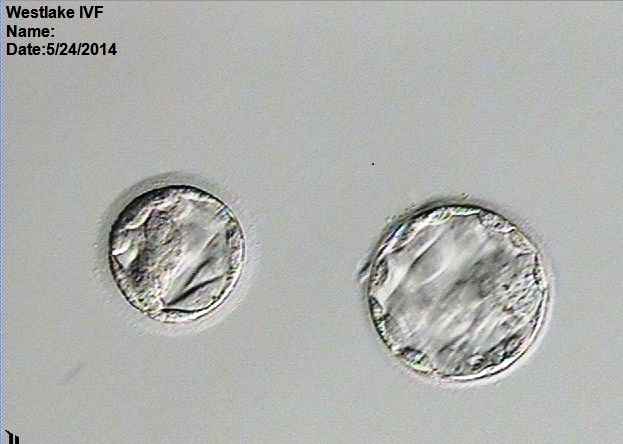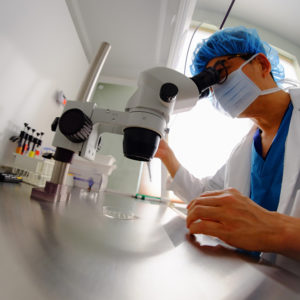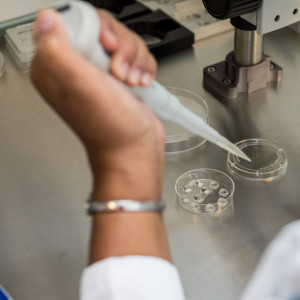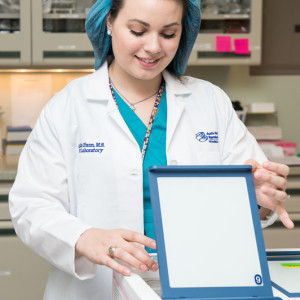Conventional In Vitro Fertilization (IVF): The term IVF refers to the fertilization of a female’s egg (also known as “oocyte”) by the male’s sperm, outside of the female’s body, in an assisted reproductive technologies (ART) laboratory. Typically, 50,000-150,000 sperm are placed per oocyte within a petri dish that contains fluid called “culture medium” which contains nutrients that are essential to the development of embryo that results from the union of the sperm and egg.
Intracytoplasmic Sperm Injection (ICSI): This is an extra step that, in contrast to conventional IVF, involves placement of a single, motile, normal-shaped sperm into an oocyte in order to facilitate fertilization. This technique is very commonly used in cases of male factor, unexplained infertility, and/or electively.
Laser-Assisted Hatching (LAH): As an embryo grows or as it expands, the zona pellucida (which is the shell that surrounds the embryo) becomes thinner and the embryo comes out of the shell in order to implant into a woman’s uterus. LAH is when an embryologist creates an opening in the zona pellucida with a pinpoint laser in order to help facilitate embryo implantation that may occur after embryo transfer. LAH is indicated in women over age 38, those who did not become pregnant with a prior IVF cycle, and those who have embryos that have thick zona pellucidae when observed in vitro.
Embryo Biopsy for Preimplantation Genetic Screening (PGS)/ Preimplantation Genetic Diagnosis (PGD): Embryo biopsy refers to the removal of a cell from a day 3 embryo or the removal of a group of cells from the trophectoderm (cells that would become placental tissue if implantation occurs and a pregnancy progresses) of a day 5 or day 6 embryo which has developed to the blastocyst stage. The biopsied cells are then prepared by the embryologist and sent to a reference laboratory where chromosome analyses and/or genetic testing are performed for screening or diagnostic purposes.
Embryo Cryopreservation and future thawing of embryos: After embryo transfer, if surplus embryos are viable and meet cryopreservation criteria, these embryos can be cryopreserved for the couple. Our embryologists are Westlake IVF cryopreserve embryos by using a technology called “vitrification”, which is a fast-freeze protocol. The combination of cryopreserving high quality blastocysts and using vitrification technology to do so is associated with a high thaw survival rate (>95% in Westlake IVF) and optimization of frozen embryo transfer (FET) pregnancy rates which rival fresh embryo transfer pregnancy rates.
Oocyte Cryopreservation and future thaw: For women who are interested in egg (oocyte) cryopreservation, the vitrification of oocytes is the newest technology for oocyte cryopreservation. In a Practice Committee document published in 2012, the American Society for Reproductive Medicine (ASRM) found that there is evidence that oocyte cryopreservation and thawing should no longer be considered experimental. This service is offered for a variety of indications.
Day 3 embryos with assisted hatching
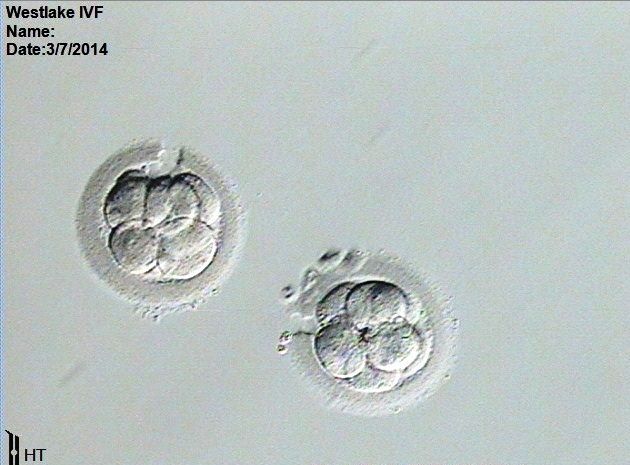
Expanding day 5 blastocyst stage embryos
